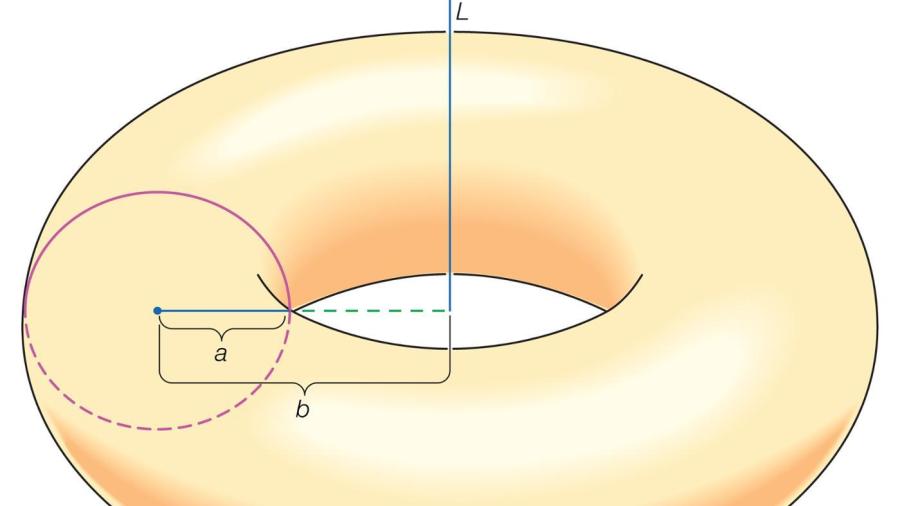Why Do Solids Have Definite Shapes and Volumes?

Solids have definite shapes and volumes because their atoms and molecules are held together firmly by the strong inter-molecular forces. At low temperatures, the kinetic energy in the solid is usually not enough to overcome these intermolecular forces, so the solid remains in the same state.
The molecules of solids are held together so tightly that their movement is limited, and this is what gives them shape and volume. Their ability to resist compression is another property that makes solids retain their shape and volume. In the solid state, substances have high densities, and their diffusion rates are far lower than those of liquids.
Generally, solids are classified into two categories depending on how the constituent molecules and atoms are arranged in the solid. These are crystalline solids and amorphous solids.
In crystalline solids, the molecules and the atoms are organized into definite shapes so that when the solid is shattered, the orderly arrangement of the ions, molecules or atoms results in straight edges. In amorphous solids, the molecules and the atoms have no definite arrangement, and the solid consists of disorganized and tangled strings of molecules. When these solids are shuttered, the edges appear as curved because there is no definite internal structure. A perfect example of an amorphous solid is glass.





